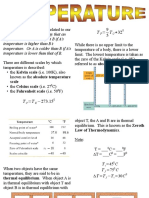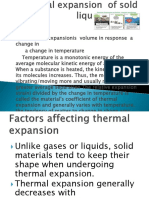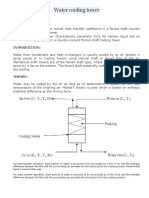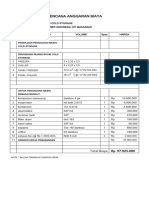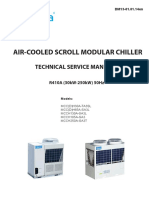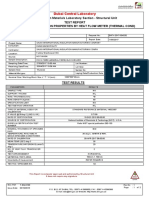0% found this document useful (0 votes)
84 views7 pagesExpansivity II - ClassNotes - NG
Different solids expand at varying rates when heated due to their distinct coefficients of linear expansion. Linear expansivity measures the increase in length per unit length for a temperature rise, while area and volume expansivity measure the corresponding increases in area and volume. The document also discusses the anomalous behavior of water and provides worked examples to illustrate the concepts of expansivity.
Uploaded by
danielsamali1901Copyright
© © All Rights Reserved
We take content rights seriously. If you suspect this is your content, claim it here.
Available Formats
Download as DOCX, PDF, TXT or read online on Scribd
0% found this document useful (0 votes)
84 views7 pagesExpansivity II - ClassNotes - NG
Different solids expand at varying rates when heated due to their distinct coefficients of linear expansion. Linear expansivity measures the increase in length per unit length for a temperature rise, while area and volume expansivity measure the corresponding increases in area and volume. The document also discusses the anomalous behavior of water and provides worked examples to illustrate the concepts of expansivity.
Uploaded by
danielsamali1901Copyright
© © All Rights Reserved
We take content rights seriously. If you suspect this is your content, claim it here.
Available Formats
Download as DOCX, PDF, TXT or read online on Scribd
/ 7

































